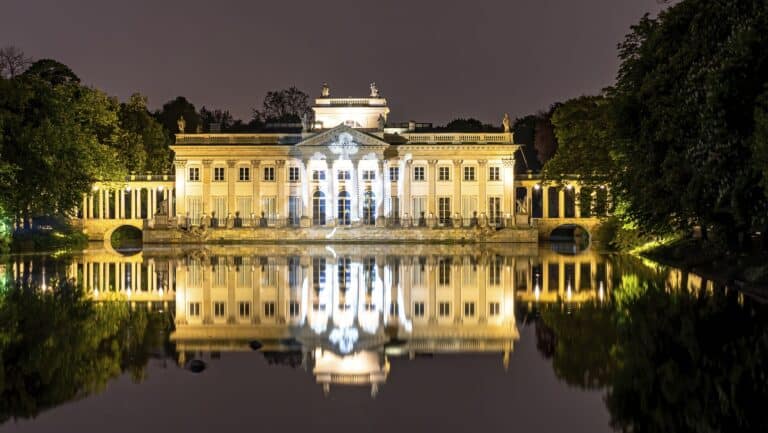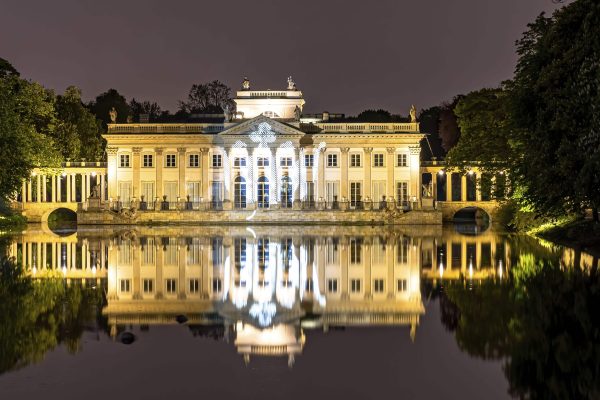Izabela Lubomirska, born in May 1736, was the daughter of Zofia Maria née Sieniawska 1° v. Denhoffowa, 2° v. Czartoryska (1699-1771) - owner of residences in Wilanów, Sieniawa, Puławy and Brzeżany, and August Aleksander Czartoryski (1697- 1782), one of the most talented politicians of the Saxon era. Her brother was Adam Kazimierz Czartoryski (1734-1823), a pretender to the Polish throne, and the family circle included such eminent personalities as Stanisław August Poniatowski (1732-1798), King of Poland (with whom she initially had close relations, and over time deep resentment), or her sister-in-law Izabela Czartoryska (1746-1835), creator of the first Polish historical museum in the Sybil Temple and the Gothic House in Puławy.
At the age of 17, Izabela married the Grand Marshal of the Crown Stanisław Lubomirski (1721-1783), their union lasting 30 years. She received a thorough education and moved freely among people of science and art. She ran salons that were a meeting place for the cream of European society and art, and in this way inspired the flow of the latest artistic trends into Poland. The mother of four daughters, she took care of their education and future. Three of them she married into the Potocki family, representing the country's intellectual elite: the brothers Ignacy (1750-1809) and Stanisław Kostka (1755-1821), outstanding politicians and reformers, and Jan Potocki (1761-1815), a writer and traveller. However, she showed most love to Henryk Lubomirski (1777-1850), whom she regarded as her foster son (in fact, he was the child of Kyiv castellan Józef and Ludwika née Sosnowska). She also cared for her subjects in her large landed estates, which she successfully managed after her husband's death; she established schools and promoted basic principles of hygiene and safety (she introduced lightning conductors).
She felt herself to be a citizen of Europe. She travelled extensively, frequented European courts and owned palaces in Paris and Vienna. She was a woman with a strong personality, energetic, interested in the latest advances in science, but also in fashionable novelties such as magnetism, which she was passionate about. Until the end of her long life of eighty years, she took an active part in the events she animated and which took place around her.
Princess Izabela Lubomirska - nicknamed the Blue Marquise after her favourite colour of dress - also devoted much attention to beautifying her Polish residences in accordance with the latest fashions. She was particularly fond of theatre and music, and was also fond of collecting works of art, from paintings to handicrafts. She was fascinated by the latest trends in garden design, especially the composition of English gardens.
Her passion for collecting brought her together with her son-in-law, Stanisław Kostka Potocki, an art expert. Together they travelled through Italy, France and England. She willingly sought his advice when purchasing works for her collection, and she respected his knowledge and contributions to the spread of education in the country. These considerations made her daughter Aleksandra and her husband, Stanisław Kostka Potocki, the best guardians of the Wilanów estate near Warsaw. The character traits of both spouses and Aleksandra's financial resources guaranteed the preservation of the genius loci of the historic royal residence.

























































